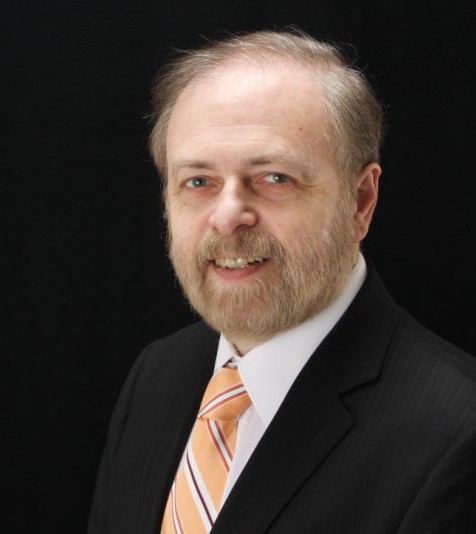By Rabbi Mordechai Levin
Hanukkah is the festival which celebrates the regaining of Jewish religious and political independence in the land of Israel. Our ancestors liberated Jerusalem from Greek occupation in 164 B.C.E. When they entered the temple they found enough olive oil to fuel the menorah – the seven-branched candelabrum – for one day. But according to a well-known legend, the one-day supply of oil lasted for eight days.
According to the Torah, around 3,200 years ago Moses was told by God to make a seven-branched candelabrum to be put inside the tabernacle in the desert (Exodus 25:31-40, 37:17-24). Later, the menorah was placed in the temple of Jerusalem by King Solomon in 965 B.C.E. (1 Kings 7:49).
When the Babylonians conquered the land of Israel and destroyed Jerusalem in 586 B.C.E., the original menorah seems to have been lost. It is not mentioned among the spoils taken by the Babylonians. A few decades later, under the leadership of Ezra and Nehemiah, our ancestors returned to Israel and began to rebuild the temple with a new menorah.
In 168 B.C.E , the temple was looted by the Greeks who took away the menorah. In 164 B.C.E., the Maccabeans liberated Jerusalem, cleansed the temple and made new holy vessels, among them the menorah. On the 25 of Kislev of the same year, the candles were lit in the new menorah, and the joyful celebrations of Hanukkah continued for eight days.
When Jerusalem was destroyed by the Romans in 70 C.E., the menorah and other temple vessels were taken to Rome. The Arch of Titus has a depiction of the menorah. The Jewish historian Josephus, –then in Rome – witnessed the triumphal celebration of Jerusalem’’s defeat. It was then locked up in Vespasian’s Temple of Peace, until the temple was burned by fire in 191 C.E. According to historians, it probably remained with other temple remnants that were taken by the Goths when Rome was destroyed. These were returned to Rome in 534 C.E., during the reign of Justinian, after he had overthrown the Gothic kingdom of Italy. After that, nothing certain is known about it.
However, in the 12th century, a Spanish Jew known as Benjamin of Tudela made a trip to Rome and kept a travel diary, in which he claimed to have visited the church of Saint John the Lateran and saw two columns from Jerusalem’’s Temple. He was apparently told by Rome’’s Jews that the temple vessels that had been brought to Rome were hidden in a cave in the church. Amazingly, a mosaic in an apse in Saint John the Lateran from 1291 contained a writing declaring the presence there of the Ark of the Covenant, the menorah and the columns.
Some people had wondered if the menorah remains hidden in Rome — more precisely, in the Vatican. In 1996, Israel’s Minister of Religious Affairs, Shimon Shetreet, met with Pope John Paul II, and asked for Vatican cooperation in locating the menorah. ““I don’t say its there for sure,”” Shetreet said, ““but I asked the Pope to help in the search as a goodwill gesture in recognition of the improved relations between Catholics and Jews.”” Witnesses to the conversation reported a tense silence throughout the room after the request was heard. In 2004, the two chief rabbis of Israel, Yonah Metzer and Shlomo Amar, met with the same Pope in the Vatican. Rabbi Amar also asked for help to locate the temple vessels. Others scholars noted there is no basis to believe that the Vatican has been hiding the menorah all these centuries.
So, what happened to the menorah? Was it lost? Was it destroyed? Does it remain misplaced in some forgotten place? We do not know for sure. What we do know is that it is the most important symbol of Judaism and the Jewish people, it is the emblem of the State of Israel, and its historical lights illuminate us in every generation with Jewish pride and hope.
 is the rabbi of Congregation Beth Israel in Munster, IN. He received his rabbinic ordination from the Latin American Rabbinical Seminary, and is a member of the Rabbinical Assembly. In 2010, he was awarded an Honorary Doctorate of Divinity from the Jewish Theological Seminary in New York City for his years of dedicated service to the Conservative movement and the Jewish community...
is the rabbi of Congregation Beth Israel in Munster, IN. He received his rabbinic ordination from the Latin American Rabbinical Seminary, and is a member of the Rabbinical Assembly. In 2010, he was awarded an Honorary Doctorate of Divinity from the Jewish Theological Seminary in New York City for his years of dedicated service to the Conservative movement and the Jewish community...